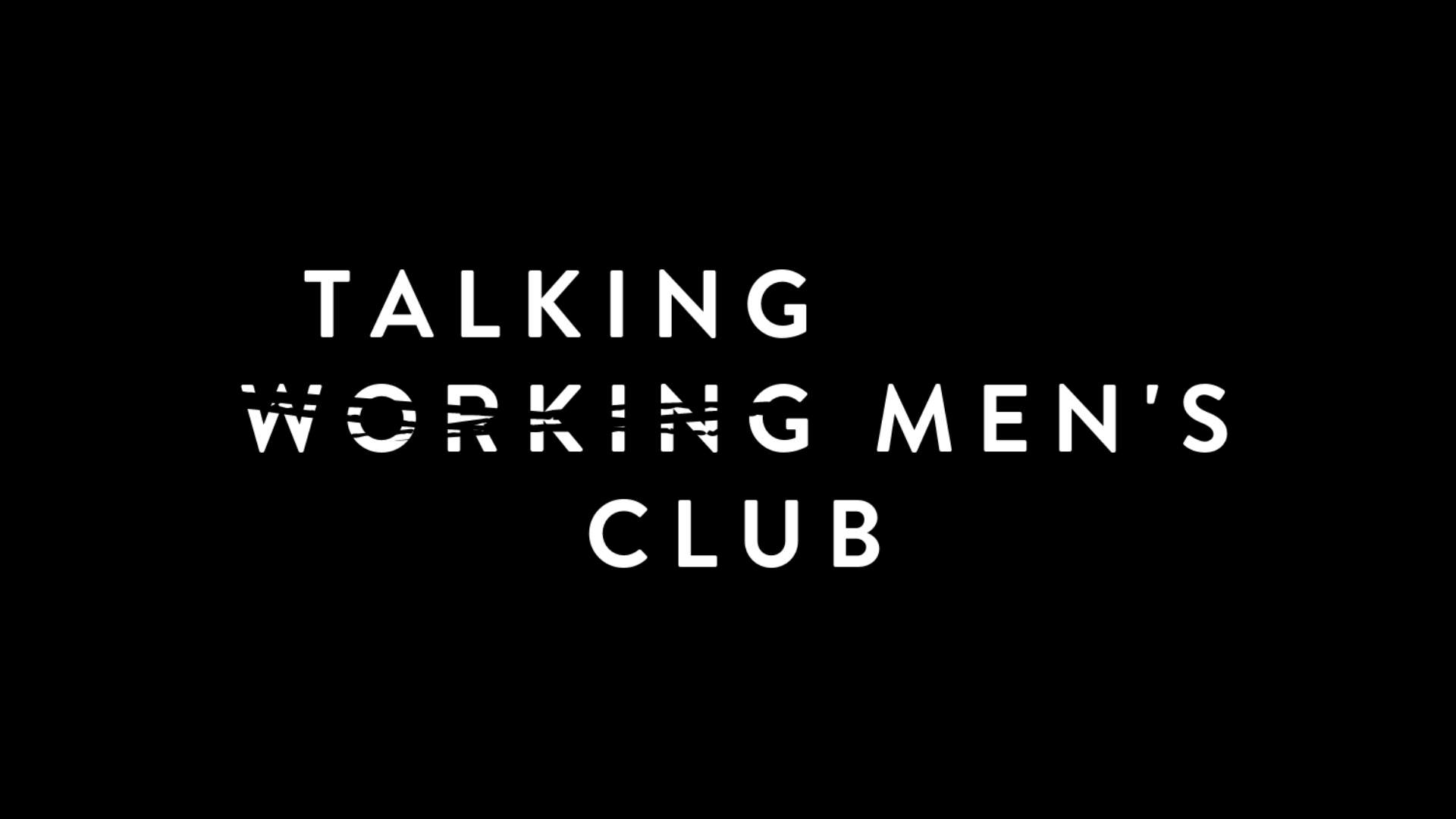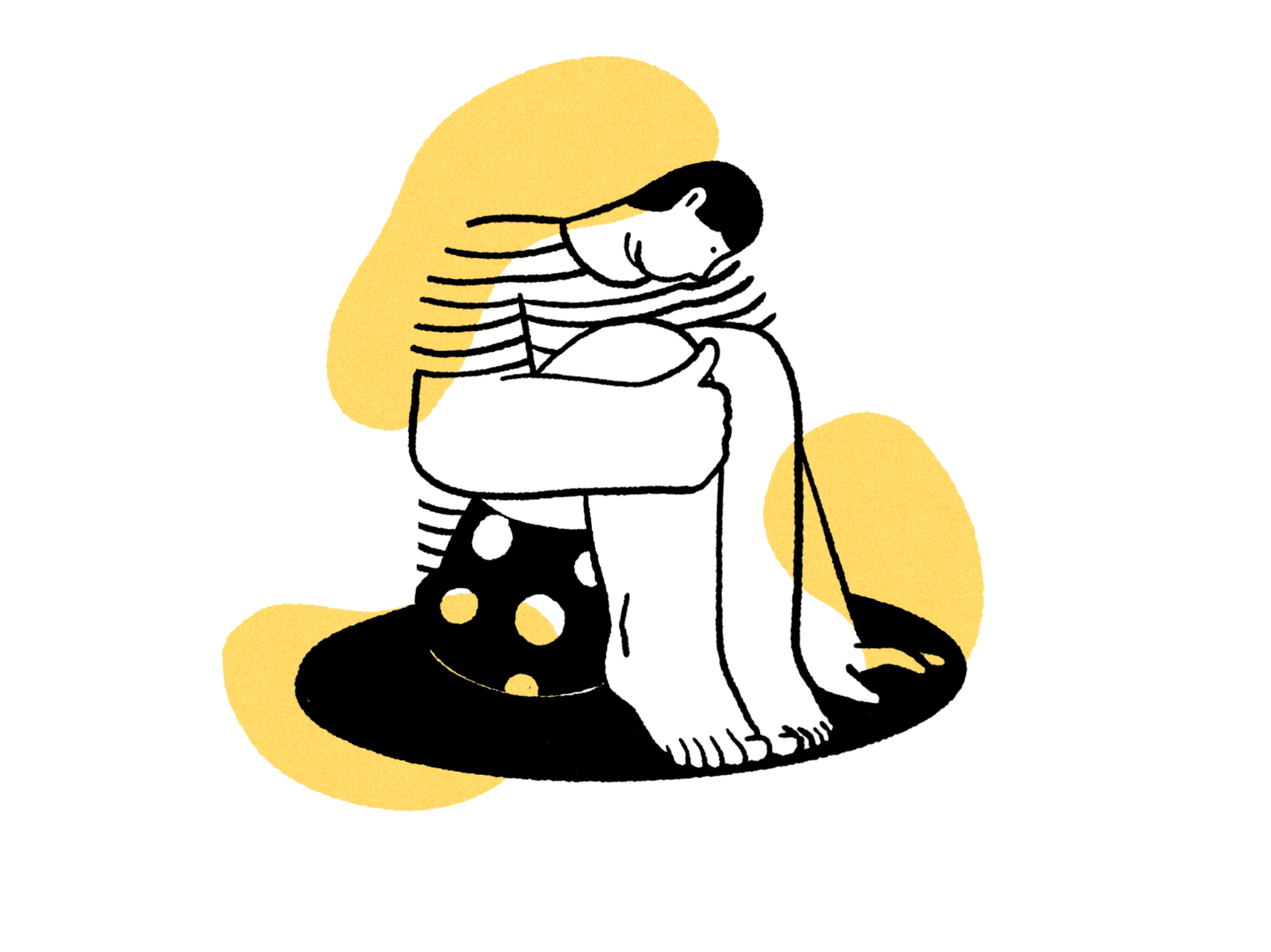
Many of us are experiencing complex grief. It sometimes shows up as unnamable sadness or irritating stress, but spend some time asking yourself what is underneath. You might notice re-emerging grief from past losses. Grief being located within change. Grief in the fogginess of multiple losses: lost routines, lost connections, lost habits and habitats, loss of family structures, loss of assumptions that everything will be okay, loss of trust in our political, benefit and governmental systems, loss of holidays, lost jobs and career progression, empathetic loss for other’s losses and, of course, the loss of loved ones. Here we offer a brief guide to grief, especially in these trying times.
But how might it show up? How can we experience it?
Even writing this, I’m noticing the innately human impulse to package very big, messy emotions into neat and tidy bullet points. Note: these are just 12 among another thousand more ways of experiencing grief. No two the same. No process linear. Each grief map belonging to the individual may echo or mirror the deeply archetypal experience of loss, but when we zoom in on the granular detail, we will notice difference in contours. Each map tracing it’s own journey. Still, grief can show up as:
- Sadness, hopelessness or numbness
- Irritability and outbursts
- Guilt, shame or self blame
- Feeling stuck (how do I move on?)
- Your body keeping the score (tension in the jaw, fists and body)
- Questioning of identity (who am I now?)
- Anger
- Shock, denial or disbelief
- Bargaining (could I have done anything to prevent this?)
- Anxiety
- Acceptance and adjustment
- Uniquely, not alone, but different.
Navigating Grief in Trying Times:
One thing we must remember is that we must not allow this pandemic to rob us of grief. There is no such thing as mass death – people die one by one, each is unique.
Funeral services at most churches, synagogues, temples and mosques have been suspended or are under strict social-distancing orders. This has robbed families of the rituals that follow death. Because we can’t travel and be by the sides of the dying and other loved ones right now, we naturally feel helpless, we can’t mourn together.
Holding the hands of the dying and spending time with the body afterward are ways that we as human beings acknowledge the reality of a death, and begin to embrace the pain of the loss. These are two essential mourning tasks that will be naturally more difficult for people to meet in the weeks and months to come. And without a funeral or memorial to plan, extended family members and friends may also feel as if there is nothing they can do to assist those who are mourning. This in itself is another form of grief.
What can be done?
Holding brief immediate virtual memorials including some type of ritual, like a candle-lighting service, can bring comfort and honour the process of loss. This can always be followed by a larger in-person memorial when they’re once again possible. It’s never too late to return to the rituals we need the most.
It’s also important to remember to be kind to ourselves, and understand that things aren’t normal right now. Life as we know it has changed significantly, including how we grieve. This is a time to recognise that we will do the best that we can, until we can do things the way we want to.
What do I do if someone I know is grieving?
Here’s the thing: you do not need to make it better. The most basic and powerful way to support another person in grief is to listen. Just listen. A present, loving silence often has far more power to connect than the most well-intentioned words or advice.
Most of the time, we just need someone to listen. Someone to be okay with silence and the dumbfounding experience of loss. To sit with us in our grief and in the fucked-up-ness and not-okay-ness of our experience. To be a witness to our pain. To be a witness to our grief without trying to change it or rush us through it. Just love us through it.
If you are grieving:
If you are grieving, no matter how long you have been there, I am so sorry that someone you love is no longer with you. I am sorry for the ways those of us on the outside haven’t always known how to walk with you in this.
Our task with all of this grief is to make space for processing and observing, that is all we can do. There is no timeline for this and there is no one, or best, way to do it, but know that you do not have to do it alone. Reach out to those you can. Check in with us if you need to: choose your day, time and your therapist, many of them have experience in working with those who are grieving.
The reality is that we will grieve forever. It ebbs and flows. It comes and goes. We do not ‘get over’ the loss of a loved one; we learn to live with it. Sit with it. Cry with it. Dance with it. Distract ourselves from it. Remind ourselves of it. We will heal and we will rebuild ourselves around the loss we have suffered. We will be whole again but we will never be the same. Nor should we be the same nor would we want to. What we once enjoyed and deeply loved we can never fully lose, for all that we love deeply becomes part of us.
—
Want more on grief? Check out:


